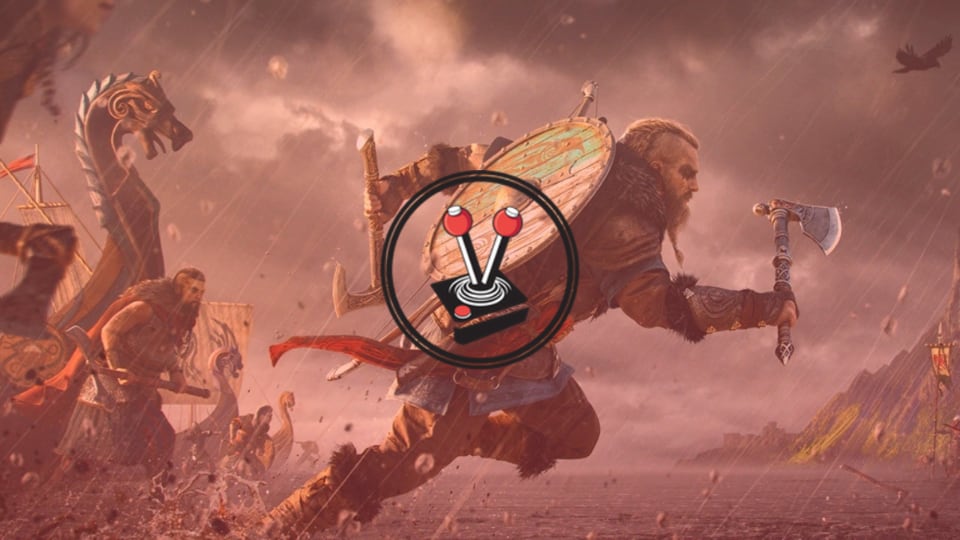Assassin’s Creed is a multiple-generation spanning franchise that has been reinvented and rebuilt more ways than any other active franchise. Assassin’s Creed (2007) was a simple third-person adventure with promising and unique ideas in its arsenal. Assassin’s Creed II reinvented the franchise by doubling down on the fictional narratives woven into the factual history of Renaissance Italy and folklore befitting the period. Assassin’s Creed IV: Black Flag reinvented the franchise once more by introducing a truly unique protagonist and history. Finally, Assassin’s Creed Origins changed the franchise on a fundamental level and turned the then-third-person adventure franchise into a full-fledged role-playing game series. This stepped evolution has essentially made Assassin’s Creed the diverse, intricate, and ultimately beloved franchise it is today. So much so, that all of those steps have finally resulted in a title that encompasses the franchise as a whole. Assassin’s Creed Valhalla brings the recent role-playing evolutions to an entirely new level by doubling down on each aforementioned step in the most expert of ways.
As the twelfth major instalment in the franchise, Assassin’s Creed Valhalla draws from its long-running heritage and improves upon the most recent changes introduced in Origins and Odyssey, while still borrowing many of the integral facets featured in older titles. It introduces players to a whole new open-world set around the Great Viking Expansion into Europe, and more specifically, England. In so doing, Assassin’s Creed Valhalla uses inspiration from past titles with exceptionally memorable protagonists, such as Assassin’s Creed IV: Black Flag, who are surprisingly not borne into the creed like many other protagonists in the franchise – and for good reason. It also doubles down on the mythological aspects whereby they are an integral part of the story! The result is, perhaps, one of the most ambitious titles the franchise has ever seen.
Unlike Assassin’s Creed (2007) where the game throws players directly into the crusades, or Assassin’s Creed Odyssey that thrust players into one of the most iconic battles in Greek history, Assassin’s Creed Valhalla commences in a comparably timid scenario. Players take on the role of a young Eivor where they are initially exposed to wonderfully normal world interactions, such as dancing and talking to others. The game also boldly introduces players to the intricacies of old Norse politics, as Eivor hands his king an oath ring just before oath-breakers raid the village and host a coup. This short and immaculately choreographed sequence essentially sets up the backstory to the rest of the game, and sets up Eivor’s driving goal for all the choices he will make in future scenarios. Interestingly, where Odyssey pulled players out of the animus directly after the opening sequence, Valhalla opts to keep players engaged for a longer period, but not before they have to choose which version of Eivor they would prefer.
Choosing either a male or a female version of the protagonist this time around means very little for the plot in Assassin’s Creed Valhalla. In Odyssey, the choice fundamentally changed the way players would experience the game. Mainly because both “strands” of the DNA sequence Layla was experiencing in the animus had roles to play in the overarching story. While the true reason between differing “strands of DNA” this time around is shrouded in mystery, players can be rest assured that the game was designed to be played by an Eivor, regardless of gender. So much so, the game even has an option for the animus to choose which version of Eivor shows up at any given time; depending on that particular strand’s “strength” at that specific point in the story, and from what I can tell, which choices players make throughout the narrative. I only tried the neutral option for a short while as the switch from a female to male Eivor and back in three consecutive cutscenes ended up making me feel less immersed in the experience.
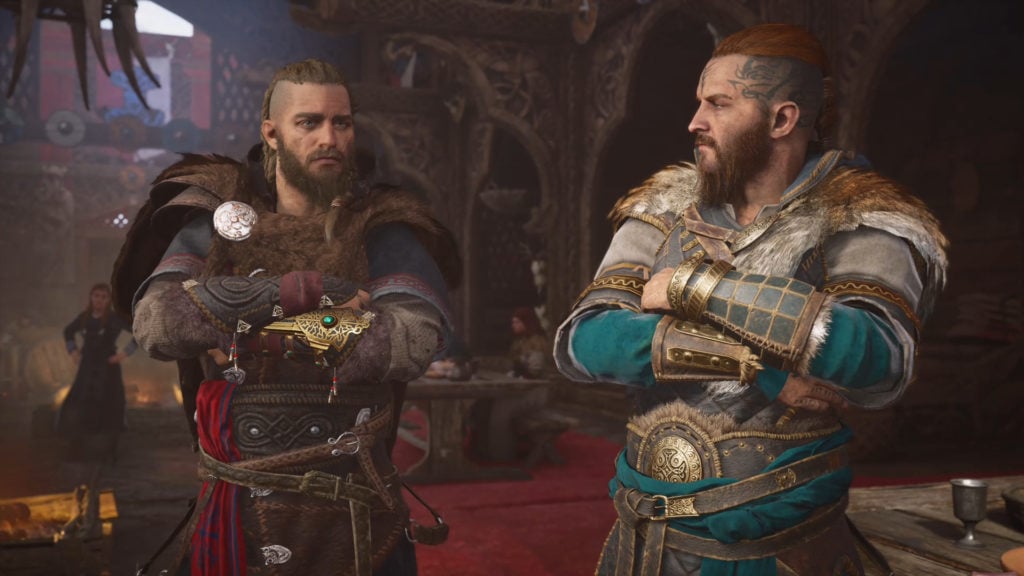
As with previous Assassin’s Creed titles, the first few hours of the game act as a tutorial. Players are sent across the isles of Norway as they are expected to slowly get to grips with the new control scheme and the many new and returning gameplay conventions. Interestingly, Assassin’s Creed Valhalla also lets players roam mostly freely right from the start of the game, with a few exceptions for higher levelled areas or secret locations housing treasure for later in the game. Once players finish off in Norway for the first time and head toward England (where the brunt of the game takes place), the sky becomes the proverbial limit for exploring the incredible world on offer.
While Assassin’s Creed Odyssey featured a phenomenal story with a strong protagonist and equally outstanding backstory of Kassandra/Alexios’ lineage, Valhalla notches it up several levels and truly hits it out of the ballpark with a story of similar nature, but in a wholly different setting. The strongest aspect of Assassin’s Creed Valhalla is, by far, the way its excellent narrative is expertly crafted to incorporate the folklore of the period. Mythology is an exceptionally broad topic where every country and period features its own set of legends and lore. With the old Norse setting in mind, it only stands to reason that Eivor’s journey would be laden with mentions of the old Norse gods and the tales they inspired. Assassin’s Creed Valhalla, however, takes inspiration from those tales and works them into the very nature of the narrative and plot. Without divulging too much (for spoiler reasons), I can say the mythology takes both an adorning approach, the way it did in Odyssey, and also an active one; where it is a core part of the game experience, and it is utterly incredible for doing so.
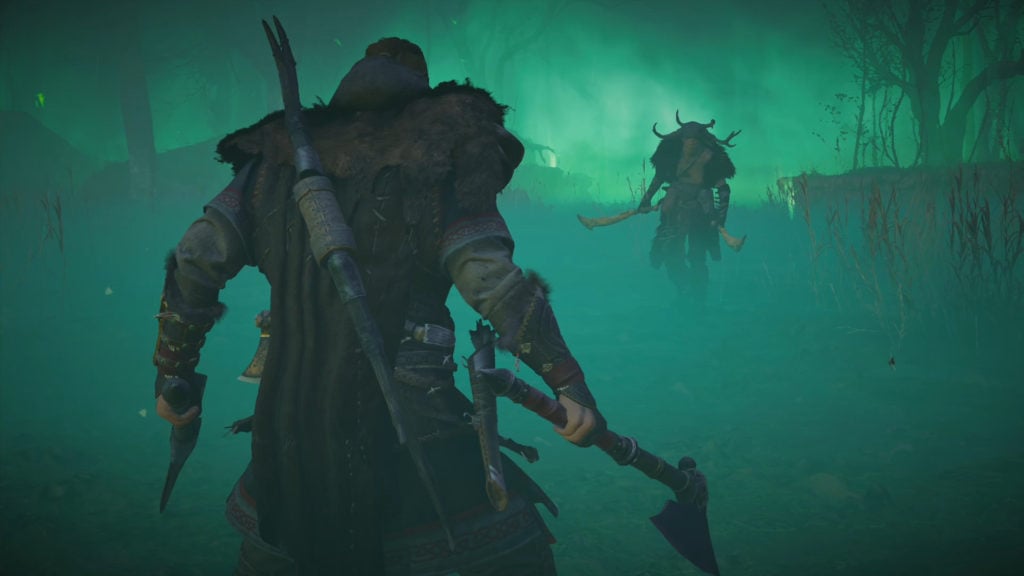
Another exceptional facet of Assassin’s Creed Valhalla lies beyond its campaign in the way the world is beset with a plethora of side content. The greatest being the various World Events dotted across its many locales. In previous titles, the game would have a ludicrous amount of side quests to complete. While gloriously robust, these quests could become tiring rather quickly considering many of the sidequests (those without intricate storylines – they exist as well) boiled down to glorified fetch quests. In Assassin’s Creed Valhalla, however, sidequests have been replaced by World Events; which are short and sweet quests Eivor can run into while exploring. To amend for the repetition in previous instalments, Ubisoft has ensured that all World Events are different. From pulling an axe from an oblivious Dane’s head; through to breaking crates to make old married Vikings hot for one-another once again, or even fighting a farting Anglo-Saxxon priest; World Events are as just as diverse and wonderful as the franchise they have been introduced in. It is a much welcome improvement and makes the world of Assassin’s Creed Valhalla feel alive and lived in.
Other side content includes the addition of raids, which also directly influences the brand-new Settlement system. Once Eivor makes their way to England, they will have to start life anew. As the name implies, the Settlement system allows players to start and grow their settlement. At the start, players will be given just enough resources to get a blacksmith going. However, players who partook in a raid or two in Norway would have the extra resources to build something else as well. Appropriately, I opted for the Assassin Bureau as my first optional building, and the tattoo/barbershop directly after. Every building comes with its own features and new additions for players to discover. Some will open up new paths or ways to play the game, while others will enable trading, or perhaps even open up steady revenue streams for players struggling to collect some money by themselves. Adding more buildings to the settlement allows it to grow into a full-fledged town as players progress. Admittedly, it is nice to have a central and fast ravel location to provide for everything you need – versus trying to find little cities or towns along the way. The Settlement system is also a nice way to see permanent progress outside of the main campaign and ultimately makes it easy for Ubisoft to potentially incorporate future stories in a natural way – via mail in Eivor’s quarters. Although the game could honestly go without the settlement system altogether, the fact that it is there has changed the way the game feels. As such, the experience would feel empty without it and thus the change is a welcome evolution to the game’s core mechanics.
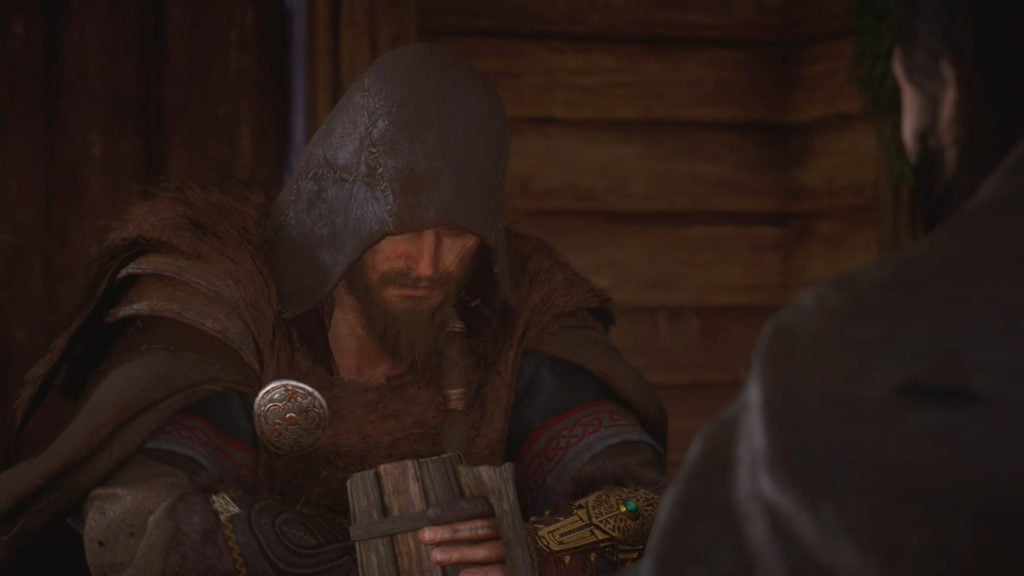
Eventually, players will have enough resources to build a barracks where a Jomsviking (captain) can be recruited and players’ raiding parties can be edited. Whether the barracks is unlocked or not, raiding is essential to resource gathering. To raid, players need to make landfall near enemy settlements. After Eivor sounds a horn, the entire raiding party disembarks the longboat (there is no naval combat) and proceeds to raid and pillage the settlement – in true viking style. Successful raids will always result in resources to continue settlement building. However, raiding will also reveal some of the other side content Assassin’s Creed Valhalla has to offer: wealth and treasure.
Wealth and treasure are just that: little golden bulbs on the map resulting in some kind of upgrade material for Eivor’s many tools and other mechanisms. However, sometimes the golden wealth bulbs also result in proper upgrades to Eivor’s arsenal of skills or feature as brand-new equipment. When close enough, players will know what kind they will be when using Odinsight (previously Eagle Vision). A golden book is known as a Knowledge Book – these will unlock or upgrade skills Eivor can assign to his hotkeys (RT/LT + Face Buttons on Xbox). Little armour icons mean Eivor will unlock a part of a set of equipment. Players leave Norway the first time with a full set of Raven’s gear. The armour icons in the first area in England will usually result in one piece of Hunter’s gear. The reason sets are important is because equipping enough of them will result in special set bonuses to Eivor. Just like in Assassin’s Creed Odyssey, set bonuses on armour are tiny stat boosters making life a bit easier. The wonderful bit comes in when players need to mix and match to find the perfect combination of first-tier set bonuses or decide to commit to a single set for the maximum set bonus.
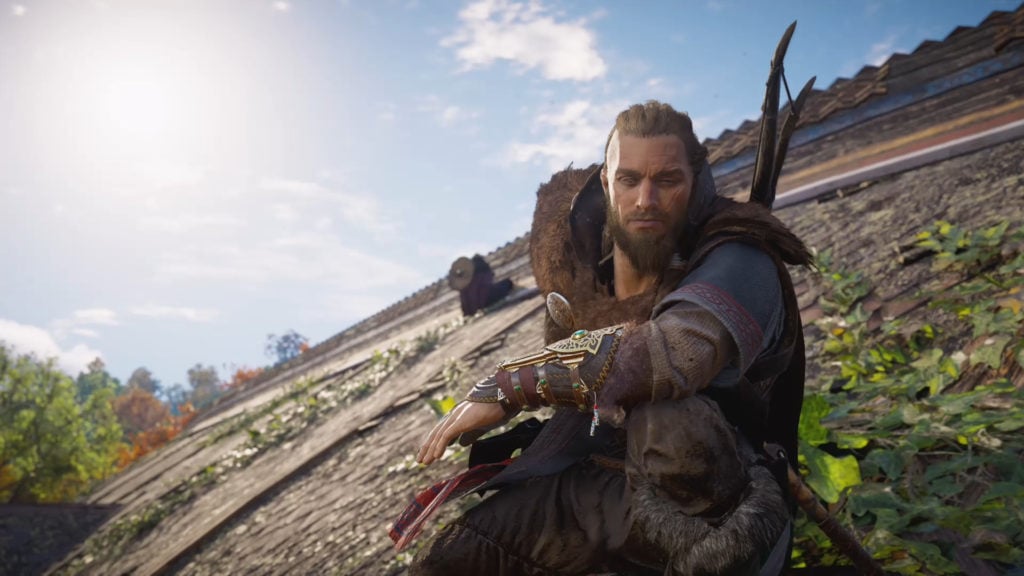
Of course, exploring and finding the various bulbs on the map would mean nothing if the game featured shoddy animation. Fortunately, Assassin’s Creed Valhalla follows the trend Assassin’s Creed Origins implemented and puts the protagonist front and centre whenever a story needs to happen. In my review for Assassin’s Creed Odyssey, I mentioned how the animation in Odyssey may seem a bit odd at first. This largely comes down to how the facial animations have been designed to accommodate player choice in dialogue. The same applies to Valhalla. With Assassin’s Creed Valhalla, however, facial capture and motion capture of characters have improved drastically.
Most of the narrative-related cutscenes in Assassin’s Creed Valhalla are pre-scripted. However, many have been implemented in such a way that they fit the game and the graphical settings players have chosen. This largely comes down to how development for consoles has improved tenfold over recent years – especially with the introduction of ‘next-gen‘. The result is an experience where players are never really certain whether they are still in a cutscene or have the freedom to control the character again. The world of Assassin’s Creed Valhalla is vast and filled to the brim with non-playable characters (NPCs) – sometimes hundreds of NPCs appear on the screen at the same time, and the game manages to render all of these with ease. Remember when an Assassin’s Creed game could not even render two or three [Looking at you, Unity]?
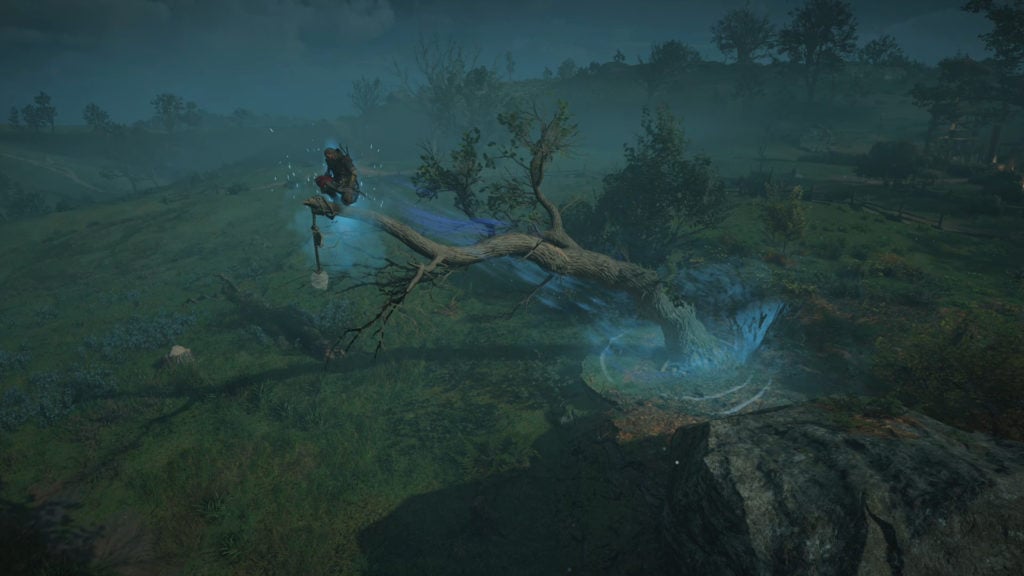
With the vast world of Assassin’s Creed Valhalla in mind, it must be noted how the game also renders the locales beautifully. From the icy and rocky mountains of Norway, through to the townscapes of Lunden, or even the fields of Leicester; players are met with beautiful vistas. Appropriately, Ubisoft has dotted synchronisation points in key vantage points showing off the prettiest spots in the game. These are often atop huge mountains or long towers. The player’s reward for climbing these often-times gruelling points of interest is an automatic unlock of all the bulbs of the immediate area. Instead of walking everywhere and spamming Odinsight, players simply need to climb a massive mountain and have all the wealth, mystery, and world event bulbs show up on the map in a jiffy!
With all of that said, Assassin’s Creed Valhalla also includes a full weather system. In Norway light snow will sometimes be replaced by sleet, while the weather in England pretty much fills the entire spectrum. The weather system, coupled with the exceptional day/night system, is incredible to behold. While not exactly new and unique, it is nice to experience a setting or rising sun while climbing a steep mountain. On the note of beautiful views, I would be remiss not to mention the exceptional audio and sound design of Valhalla. From the beautiful cheer during synchronisations, through to the most epic vocal chorus during raids, there is never a moment where players will think it inappropriate or unnecessary. I adore how Ubisoft has embraced the vocal nature of the old Norse culture in the game’s soundtrack. Odyssey, for instance, had vocal tracks, but nothing to this extent. Those tracks beautifully fit the setting, however, and more would have been too much. In Valhalla, however, the more vocals the better. It is, after all, befitting of a drengr to have the most outlandish of epicosities embrace their ears as they raid and pillage Anglo-Saxxon villages!
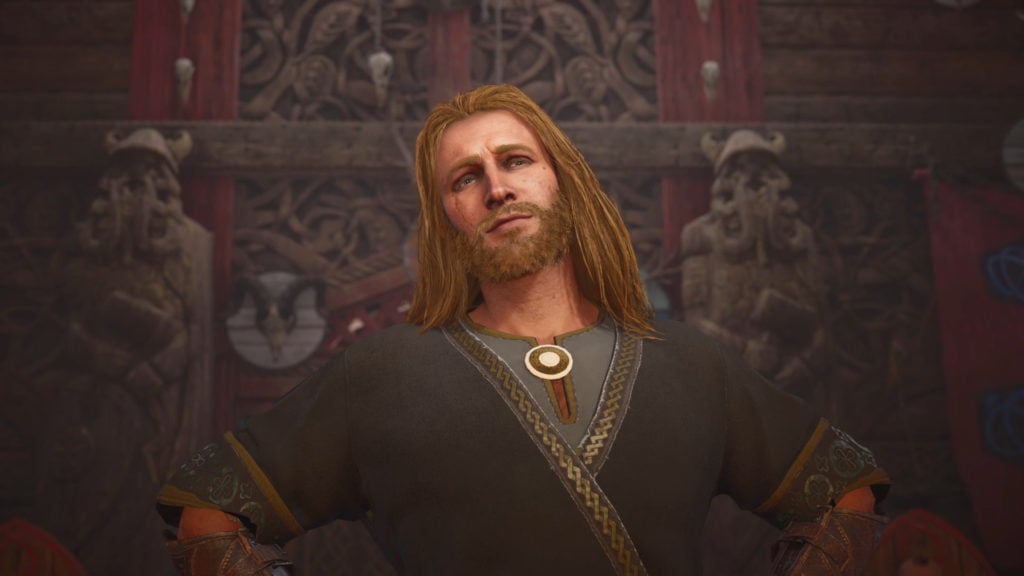
Assassin’s Creed Valhalla is an exceptional title with very few flaws. Sure, the game’s neutral option felt weird to play since changing genders in between cutscenes can be jarring. Similarly, I did run into a few bugs during my time with the game, and the parkour system is as iffy as it has ever been. Ultimately, however, the game is sublime.
Assassin’s Creed Valhalla takes inspiration from every single one of the franchise greats. From Assassin’s Creed II’s exceptional writing and Assassin’s Creed IV: Black Flag’s unlikely hero, Valhalla is both expertly written and has an unusual hero destined for greatness – one who has no real interest in the Hidden Ones, at least to start. From Assassin’s Creed Origins’ superb and intimate narrative and Assassin’s Creed Odyssey’s full-fledged role-playing game (RPG) mechanics, Valhalla doubles down on all facets to deliver one of the best gameplay experiences featured in any Assassin’s Creed title to date. Eivor truly is a loveable protagonist that players fall in love with quickly. Their struggle is the player’s struggle, and that is the best compliment a game can ask for. However, there are so many additional aspects that make the game an even better experience: the exceptional soundtrack and sound design; World Events that do not repeat; settlement building, and so much more! Assassin’s Creed Valhalla is immensely fun and satisfying to play, and offers constant surprises that do not seem to stop or disappoint. It is, undoubtedly, the best Ubisoft has to offer at this stage in time, and will forever be regarded as one of the greats in the Assassin’s Creed franchise.
| Time Played | > 30 Hours |
| Difficulty | Normal |
| Platform | Xbox Series X |
| Acquisition | Review code courtesy of Ubisoft |
Junior Editor at Vamers. From Superman to Ironman; Bill Rizer to Sam Fisher and everything in-between, Edward loves it all. He is a Bachelor of Arts student and English Major specialising in Language and Literature. He is an avid writer and casual social networker with a flare for all things tech related.

